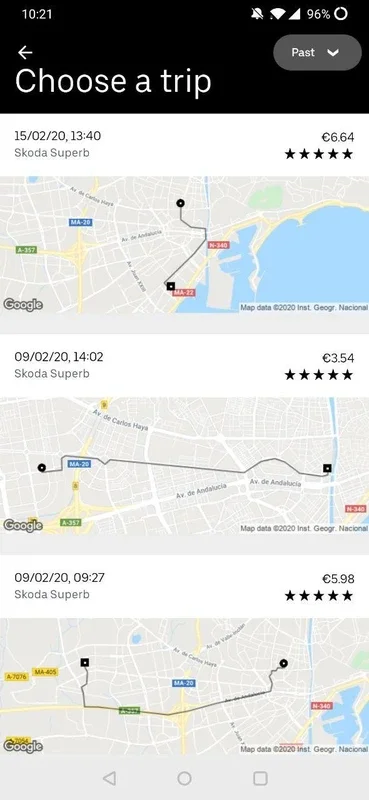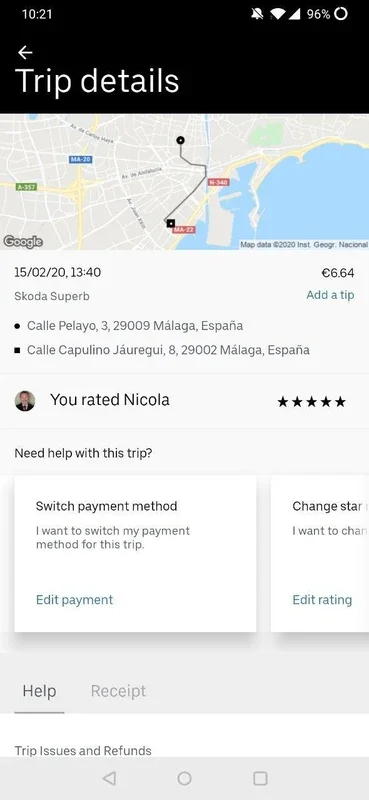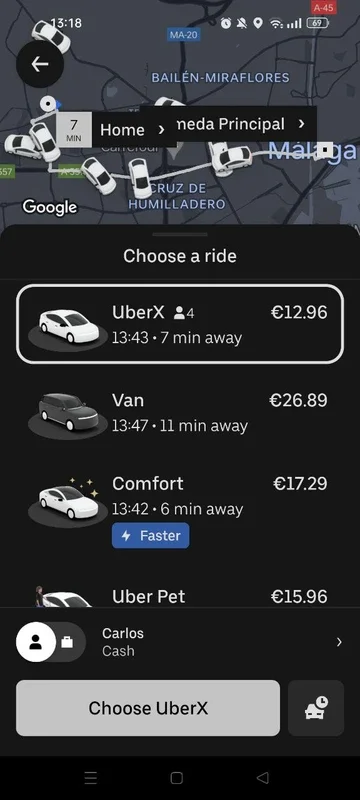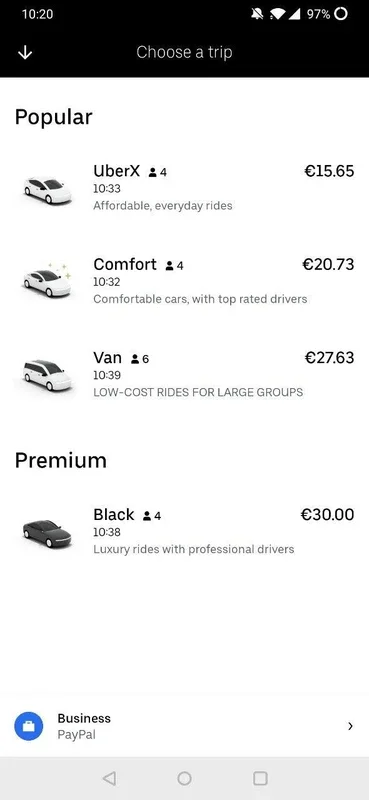Uber App Introduction
Uber has fundamentally reshaped the transportation landscape, offering a convenient and efficient way to hail rides using a smartphone app. This comprehensive guide delves into the features, benefits, and impact of Uber, comparing it to traditional taxi services and other ride-sharing platforms.
The Uber Experience: Requesting a Ride and Choosing Your Vehicle
Requesting a ride with Uber is remarkably simple. After creating an account and inputting your payment information, you just need to enter your pickup location and destination. The app instantly displays available vehicles, along with estimated fares and arrival times. This transparency is a significant advantage over traditional taxis, where pricing can be unpredictable.
Uber offers a range of vehicle options to cater to various needs and budgets:
- UberX: The most economical option, providing a comfortable ride in a standard vehicle.
- UberXL: Ideal for larger groups, offering more space and seating capacity.
- Uber Black: A premium service, providing luxurious vehicles and professional chauffeurs.
- Uber Green: An environmentally conscious choice, utilizing hybrid or electric vehicles.
- Uber Comfort: Prioritizes comfort and spaciousness, often with newer, higher-end vehicles.
- Uber Pet: Allows you to transport pets, subject to specific terms and conditions.
The app also provides real-time tracking of your driver's location, estimated time of arrival, and the ability to communicate directly with the driver through the app. This ensures a safe and secure experience.
Safety Features and Security Measures
Uber prioritizes safety, incorporating several features to enhance user security:
- RideCheck: This technology detects unusual stops or deviations from the planned route and alerts both the rider and Uber's support team.
- Real-time Location Sharing: Allows you to share your trip details with trusted contacts, providing an extra layer of security.
- Emergency Button: Provides direct access to emergency services within the app.
- Driver Verification: Uber employs rigorous background checks and verification processes for all its drivers.
- PIN Verification: Helps ensure you are entering the correct vehicle by matching a PIN code displayed in the app with the one shown on the driver's screen.
These features significantly reduce the risks associated with using ride-sharing services, making Uber a safer alternative to traditional taxis, especially for those traveling alone or at night.
Pricing and Payment Options
Uber's upfront pricing is a major selling point. Before you confirm your ride, you see the estimated fare, eliminating the uncertainty and potential for inflated prices often associated with taxis. The fare is calculated based on distance, time, and demand, with surge pricing applied during peak hours or high demand periods. This transparency allows for better budget management and avoids unexpected costs.
Uber offers various payment methods, including credit cards, debit cards, and often mobile payment options like Apple Pay and Google Pay. This flexibility ensures that users can choose their preferred payment method.
Uber's Impact on the Transportation Industry
Uber's impact on the transportation industry is undeniable. It has disrupted the traditional taxi model, introducing competition and driving innovation. The convenience, affordability, and accessibility of Uber have made it a popular choice for millions of people worldwide. However, its rise has also sparked debates regarding regulations, driver rights, and the impact on employment in the taxi industry.
Comparison with Other Ride-Sharing Services
While Uber is a dominant player in the ride-sharing market, it faces competition from other services like Lyft, Didi, and Ola. Each platform offers slightly different features, pricing structures, and vehicle options. The best choice for a user often depends on their location, specific needs, and preferences. For example, Lyft is known for its focus on community and driver support, while Didi is a major player in the Asian market.
Conclusion: The Future of On-Demand Transportation
Uber's success is a testament to the demand for convenient, affordable, and accessible transportation. While challenges remain, Uber continues to innovate and adapt to the evolving needs of its users. Its impact on the transportation industry is likely to continue for years to come, shaping the future of on-demand mobility.
This detailed analysis showcases Uber's features, safety measures, pricing model, and overall impact on the transportation industry. It also provides a comparison with other ride-sharing services, offering a comprehensive overview of this revolutionary technology.




